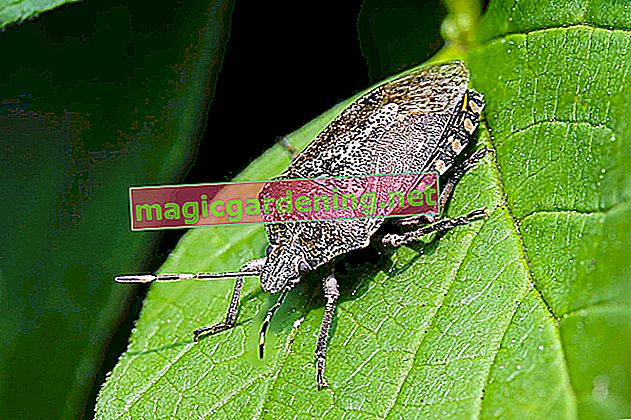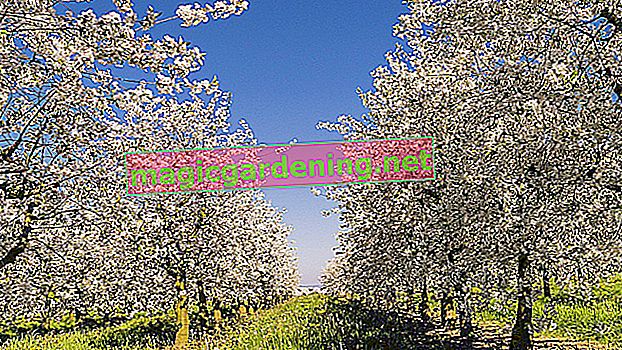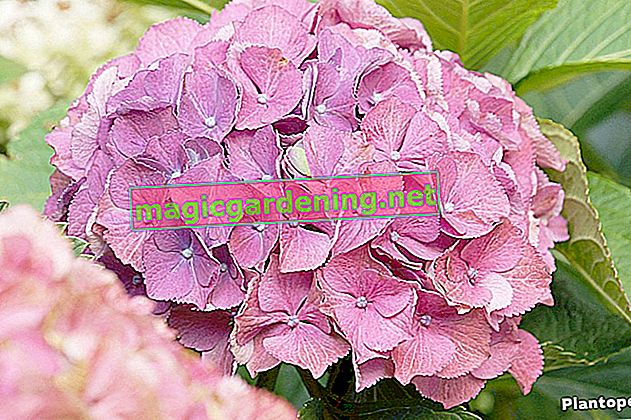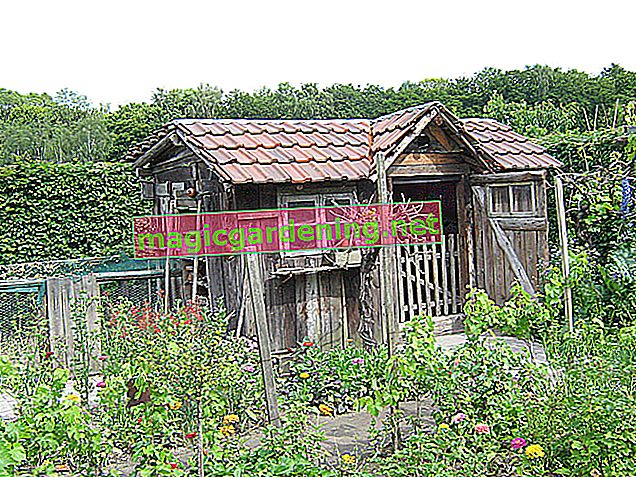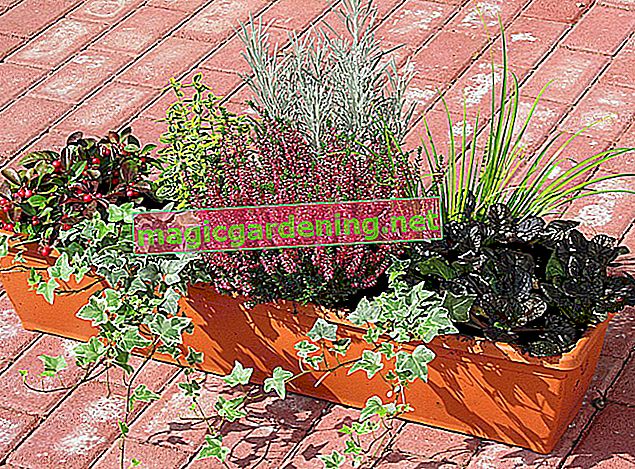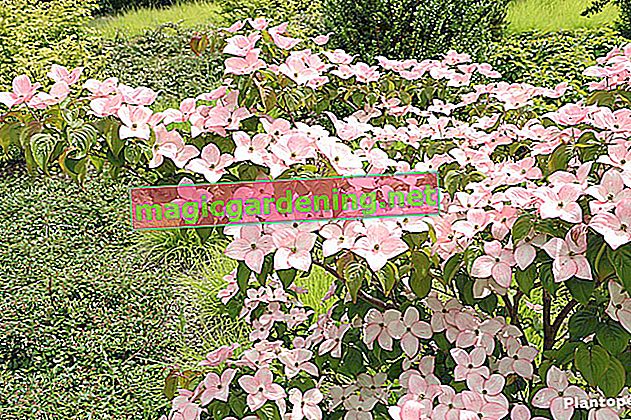
Which location is suitable?
In its natural range, a Cornus kousa prefers to look for a place along the edge of the forest. The furious flowering plant achieves its optimum under the following conditions:
- Bright to light-shaded location without blazing midday sun
- Without the risk of accumulated heat in summer
- Preferably humid, near a pond or stream
also read
- Japanese dogwood - a light, partially shaded location is ideal
- Japanese dogwood - cutting is not essential
- Dogwood blooms in late spring
With an average height of 4 meters, a Japanese flower dogwood is the ideal candidate to stand out against the dark backdrop of mighty deciduous trees, such as its towering conspecific, the Cornus officinalis.
Continue reading
What soil does the plant need?
A Cornus kousa proves to be demanding in terms of soil quality. Assign the ornamental wood a place in sandy, humus-rich and well-drained soil. A high content of nutrients is just as desirable as a fresh to moderately dry degree of moisture. Regardless of his preference for a humid location, the soil must not be threatened by waterlogging.
When is the flowering time?
Cornus kousa presents its flowers in May and June. Thus it continues the flowering of the Cornus officinalis seamlessly, which suggests a association of the two dogwood species. We are not dealing here with flowers in the strict sense of the word. In fact, we are enthusiastic about the Japanese flower dogwood with small heads, surrounded by 4 magnificent white or pink bracts.
Cut Cornus kousa correctly
As an early summer flowering shrub, a Cornus kousa gets its central shape and maintenance cut in late winter on a frost-free, overcast day. Shorten shoots that are too long to the desired length, as the wood is easy to cut. Although a cut back is not absolutely necessary per se, the annual clearing must not be missed. In addition, there is nothing wrong with pruning nasal branches immediately after flowering. It is important to remember that you will sometimes deprive yourself of the decorative and tasty stone fruits.
Continue reading
Propagate Cornus kousa
If you buy a Cornus kousa, you will most likely succumb to the brilliant charisma of its hybrids. The beautiful varieties can of course only be increased by means of refinement by the master gardener. In contrast, the offspring of the pure wild species succeeds very easily with cuttings, cuttings, sinking or sowing.
Nice varieties
Before you deal with answers to frequently asked questions about the Cornus officinalis below, we invite you to take a short excursion into the fascinating variety of Cornus kousa:
- Venus: The world star among the Japanese dogwoods with a creamy white blossom in May and June; 200-400 cm
- Queen of the Cross: floral card game with white bracts arranged in a cross shape around a spherical center; 350-500 cm
- Ben Fuji: A compact strain that delights us with pink dogwood flowers; ideal for the bucket; 175-250 cm
- Goldstar: The valuable cultivation trumps with yellow leaves and white flowers; 150-200 cm
- China Girl: The majestic Cornus kousa is recommended as a solitaire for the large garden; 400-600 cm


